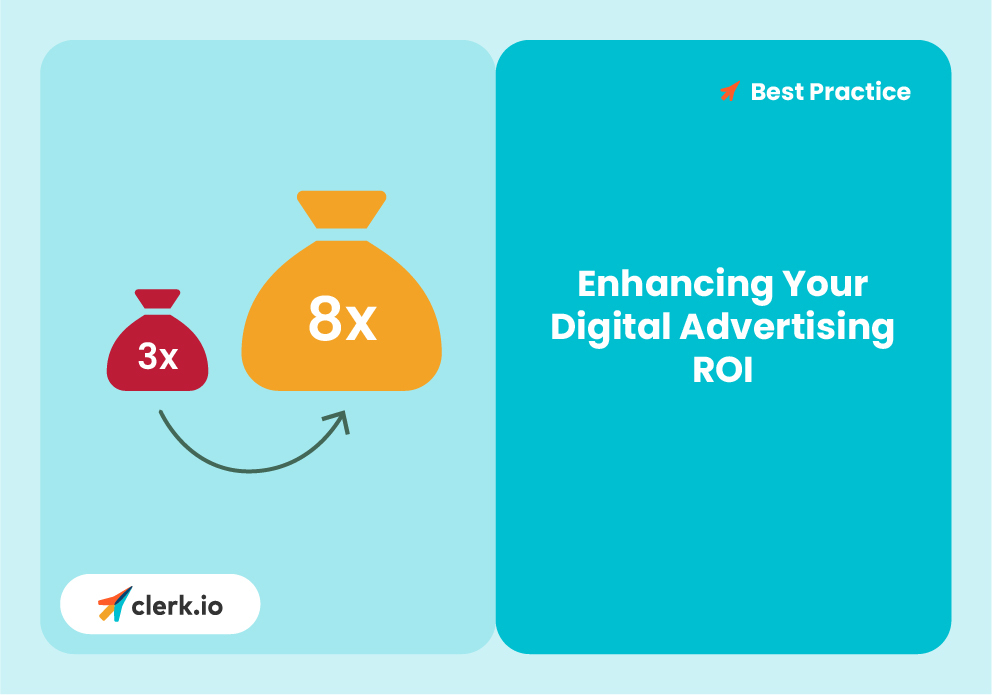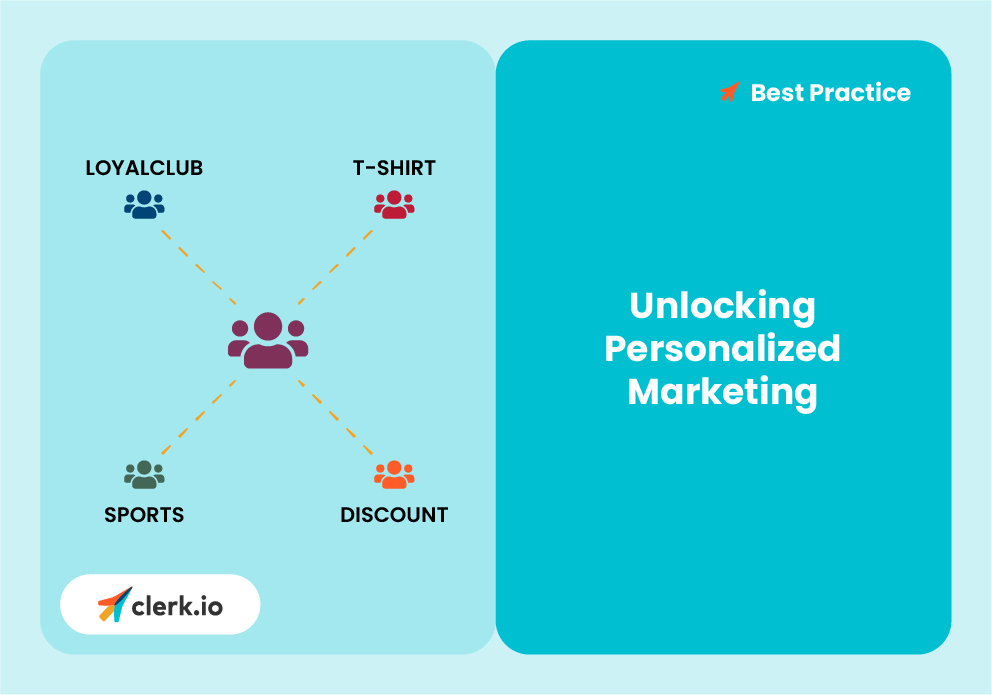I was browsing articles the other day, trying to find my Monday motivation (read: procrastinating from starting the work-week) and I came across a Forbes article that had the premise of sharing out-of-the-box ideas to share and spread content. I’m a sucker for a quick read with nice, easy-read nuggets of information so I started perusing.
A few seconds in, I see a suggestion to share articles on the procrastination haven site - Stumbleupon. If you were anything like me, a fair few years ago this was a great rabbit hole of a site that you could waste hours in, when you should have been writing that vital paper for that super important course. But now? Not so much … and that’s when I saw that the article was originally published in 2014.
I had actually stumbled upon dated content. It’s really not that surprising nor is it that uncommon, especially when trends change so often.
I don’t even think it’s scandalous, we’re all human and the date is clearly there - this is an archive article, but it got me thinking - how can we keep these pages relevant at at all times?
Content is a fairly broad term to begin with and even here we are covering a few areas. But that’s because, to get it right you should be comprehensive. However, changing written content is not only a massive task, it's also pretty redundant - we shouldn’t be ashamed of our past habits. Instead we should focus on display advertising - keep the additional content relevant, the call-to-actions, the recommendations and other listings throughout your site.
Three areas that matter:
Blog posts
As we just said, don’t get weighed down with trying to update the long-form content with every changing fad. Instead, have related recommendation features of ideas, posts or products that are always current, whenever the post is accessed. It’s fine to read one retro post and maybe get a little bit of nostalgia but it isn’t so attractive to only provide a museum of links. Live recommendations can be set-up, using relevant tags. These will then only show the latest and most popular current items. Software for this only needs to be set-up once too, meaning it doesn’t have to be constantly monitored, either.
Product Information
Without monitoring what you have in stock you are unable to accurately display what you have to offer. Implementing a live catalogue that updates with each order however, offers a full shopping experience to your customer. It allows you to take different actions depending on why the product is unavailable. For example, if the product line has ended it might make sense to take the listing down and if it is just temporarily out of stock, you could consider offering a pre-order form for when it returns. Still, both listings may still receive traffic, so you could also consider adding recommendations for other, in stock items. Give value, even when you don’t have something to show.
Emails
A great way to get customers interested in buying is by giving them the fear of missing out, with for example, limited sales. But people aren’t always checking or even opening their mail and by the time they do, most of the email recommended items are sold out. Suddenly your great campaign is useless.
That’s true if you manually format your emails but live displays only provide content relevant to when the email is opened. So, if the recipient opens the email - an hour, a day, even a week - after it was pushed, they will only be shown products that are available then, still relevant to a campaign.
If you want read more articles like this, click here!
Food for thought
There are a few ways to execute these solutions but bear in mind that one of the main purposes of all of them is to set them up and then not worry about them again. With that in mind, handing content management to software providers can help to keep your content up-to-date, hassle free. Creating content and designing the campaigns is still your forté, but the pressure of making sure you provide a fantastic customer experience is taken off your shoulders.
Want to find out more about Clerk.io helps webshops?






